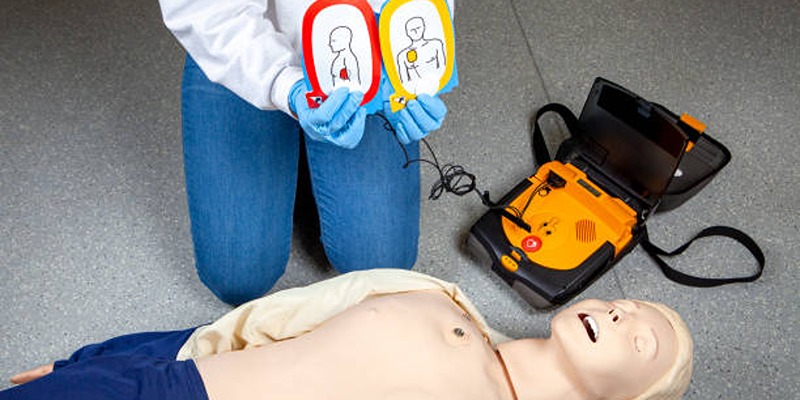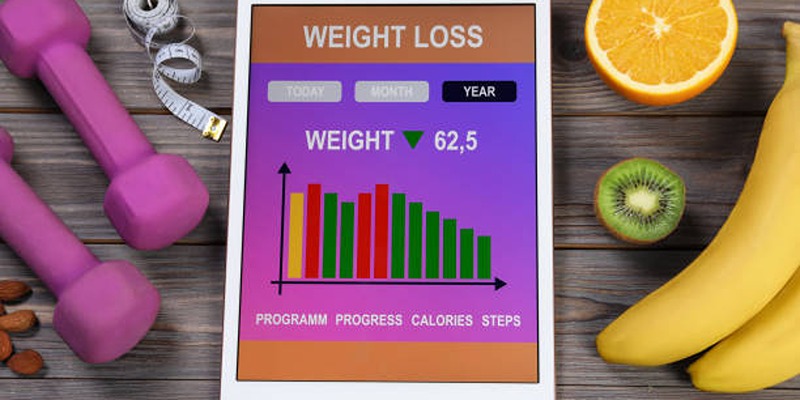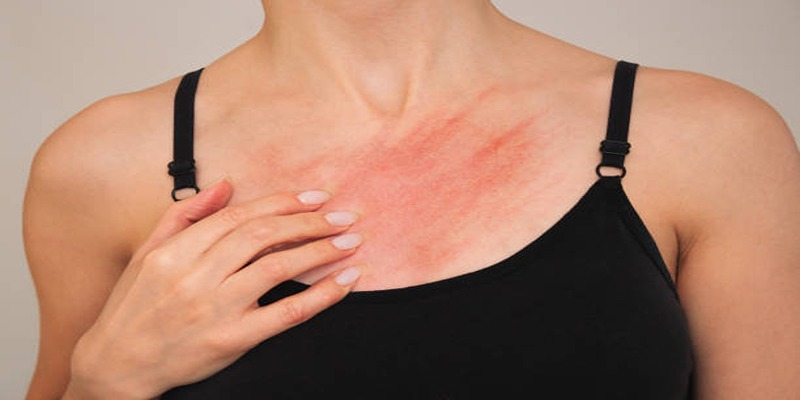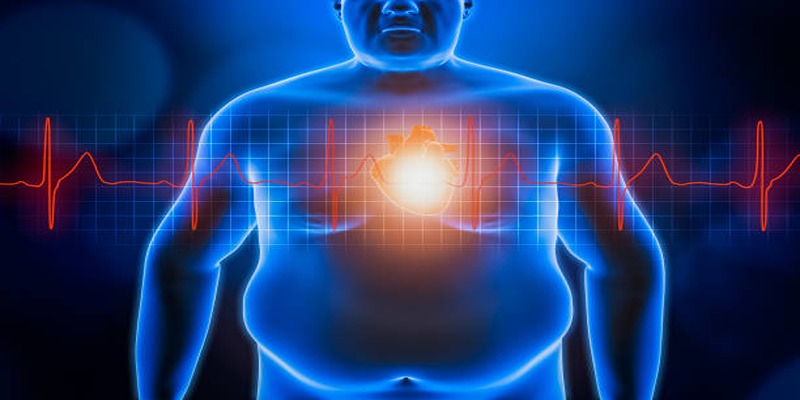How to Stay Safe in Extreme Heat: 10 Essential Tips
Extreme heat can be dangerous, leading to heat exhaustion, dehydration, and even life-threatening heatstroke. When temperatures rise, staying cool and hydrated becomes crucial for safety. Whether you're working outdoors, exercising, or just going about daily activities, knowing how to protect yourself is essential.
Simple strategies like drinking plenty of water, avoiding direct sun exposure, and wearing appropriate clothing can make a big difference. By taking the right precautions, you can prevent heat-related illnesses and enjoy summer safely. This article explores 10 key ways to stay safe in extreme heat and start implementing them today!
Understanding Heat-Related Risks:
Extreme heat affects the body's ability to regulate temperature, increasing the risk of dehydration and heatstroke. When the body overheats, it struggles to cool down, leading to fatigue, dizziness, and even organ damage. Certain groups, such as older adults, children, and people with medical conditions, are more vulnerable to heat-related illnesses.
High humidity can make the heat feel even worse by preventing sweat from evaporating effectively. Knowing the warning signs of heat exhaustion—such as heavy sweating, weakness, nausea, and headache—can help you take action before it escalates into a more serious condition.
Staying Hydrated and Avoiding Dehydration:
Hydration is key to staying safe in extreme heat. When temperatures rise, the body loses fluids rapidly through sweating, increasing the risk of dehydration. To maintain proper hydration:
- Drink at least 8–10 glasses of water daily and increase intake if engaging in outdoor activities or physical exertion. Keep a water bottle handy and sip throughout the day to stay consistently hydrated.
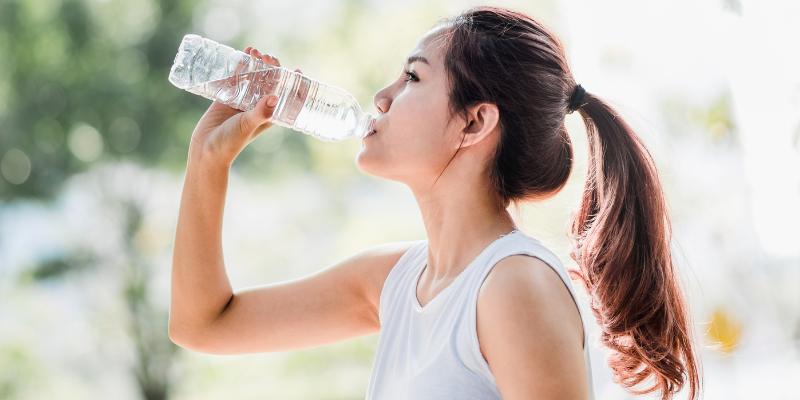
- Avoid caffeinated beverages such as coffee and soda, as they act as diuretics, causing the body to lose fluids more quickly and increasing the risk of dehydration.
- Consume electrolyte-rich drinks like coconut water or sports drinks, especially if sweating excessively. These helps replenish lost minerals like sodium and potassium, preventing muscle cramps and fatigue.
- Eat water-rich foods such as watermelon, cucumbers, oranges, and strawberries. These fruits and vegetables provide hydration while also supplying essential vitamins and nutrients.
Dressing Appropriately for Hot Weather:
What you wear can impact how well your body handles extreme heat. Choosing the right clothing can help regulate body temperature and prevent overheating.
- Option for loose, lightweight clothing made of breathable fabrics such as cotton and linen. These materials allow better airflow, helping sweat evaporate and keeping your body cooler.
- Wear light-colored clothing, as dark colors absorb heat and make you feel warmer. White, beige, or pastel shades reflect sunlight, helping to reduce heat absorption.
- Use a wide-brimmed hat to shield your face, ears, and neck from direct sun exposure. A lightweight, breathable hat can also provide ventilation and reduce heat buildup.
- Choose UV-protective sunglasses to safeguard your eyes from harmful ultraviolet rays. Prolonged exposure to UV light can damage the eyes and contribute to conditions like cataracts.
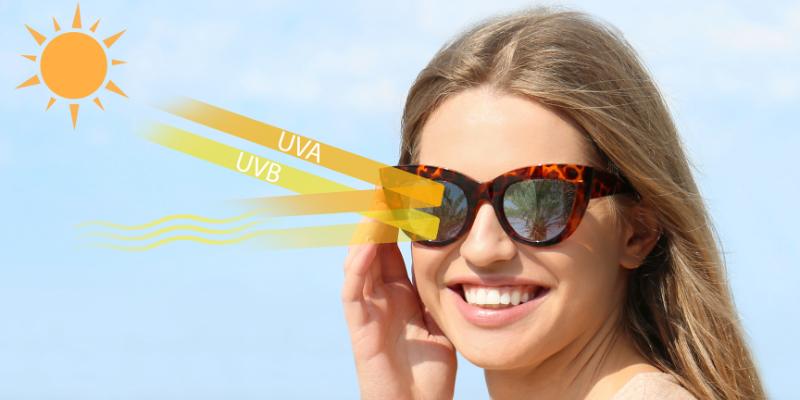
Protecting Yourself from Direct Sun Exposure:
Spending too much time in the sun can lead to sunburn, dehydration, and heat exhaustion. To minimize risks:
- Avoid peak sun hours between 10 AM and 4 PM when the sun's rays are the strongest. If outdoor activities are necessary, try to schedule them during the early morning or late evening.
- Apply SPF 30+ sunscreen generously on all exposed skin, even on cloudy days. Reapply every two hours, or more frequently if swimming or sweating, to maintain protection.
- Seek shaded areas such as trees, covered patios, or umbrellas when spending time outdoors. Creating shade can significantly lower the risk of overheating and sunburn.
- Wear sun-protective clothing designed with built-in UV protection. Some fabrics are specifically engineered to block harmful UV rays, providing an added layer of defense.
Keeping Your Home Cool:
When outdoor temperatures soar, keeping your living space cool is essential. Using fans and air conditioning can help maintain a comfortable indoor environment. If air conditioning is unavailable, simple adjustments can make a difference:
- Close curtains and blinds during the hottest parts of the day to block direct sunlight. This helps prevent heat buildup inside your home, reducing overall temperature levels.
- Avoid using ovens and stoves during peak heat hours, as they generate additional heat. Option for no-cook meals like salads, sandwiches, or cold pasta dishes to keep the kitchen cool.
- Sleep with lightweight, breathable bedding made from cotton or bamboo. These fabrics allow better air circulation, preventing heat retention and ensuring a comfortable sleep.
- Place ice packs or frozen water bottles in front of fans to create a cooling effect. As the fan blows air over the ice, it circulates cooler air throughout the room.
Modifying Outdoor Activities:
Engaging in outdoor activities during extreme heat requires extra precautions. To prevent overheating and exhaustion:
- Exercise during cooler hours, such as early morning or late evening. This reduces exposure to the sun's peak intensity and minimizes the risk of heat-related illnesses.
- Take frequent breaks in shaded areas or air-conditioned spaces. Allowing your body to rest and cool down periodically can prevent overheating and dehydration.
- Wear moisture-wicking clothing designed to enhance sweat evaporation. These fabrics help regulate body temperature and keep you dry during physical activities.
- Carry a spray bottle filled with cold water and mist yourself periodically. This can provide an instant cooling effect and help lower your body temperature.
Recognizing and Responding to Heat Illness:
Knowing how to identify heat-related illnesses can prevent serious health complications. Heat exhaustion and heatstroke require immediate attention.
- Heat exhaustion symptoms include heavy sweating, dizziness, nausea, muscle cramps, and weakness. If left untreated, it can escalate into heatstroke, a life-threatening condition.
- Heatstroke symptoms involve confusion, rapid heartbeat, hot, dry skin, and loss of consciousness. This is a medical emergency that requires immediate intervention.
- Immediate actions should include moving to a cool, shaded area, drinking fluids, and applying cold compresses to the body. Removing excess clothing can also help regulate temperature.
Conclusion
Extreme heat poses serious risks, but by taking the right precautions, you can protect yourself and your loved ones. Staying hydrated, dressing appropriately, and avoiding direct sun exposure are simple yet effective ways to stay safe. Recognizing the signs of heat-related illness and modifying outdoor activities can prevent dangerous situations.
Heat safety starts with awareness and action. Apply these 10 essential tips today to stay cool, prevent health risks, and enjoy summer without worry!






